Through the forum "Communication on health management of Vietnamese coconut trees to meet production requirements associated with consumers" organized by the Agriculture and Environment Newspaper in collaboration with the Department of Crop Production and Plant Protection - Ministry of Agriculture and Environment; Tra Vinh University and Vietnam Coconut Association, units and experts shared solutions to improve quality, stabilize coconut material areas and meet the increasingly high demands of domestic and foreign markets.
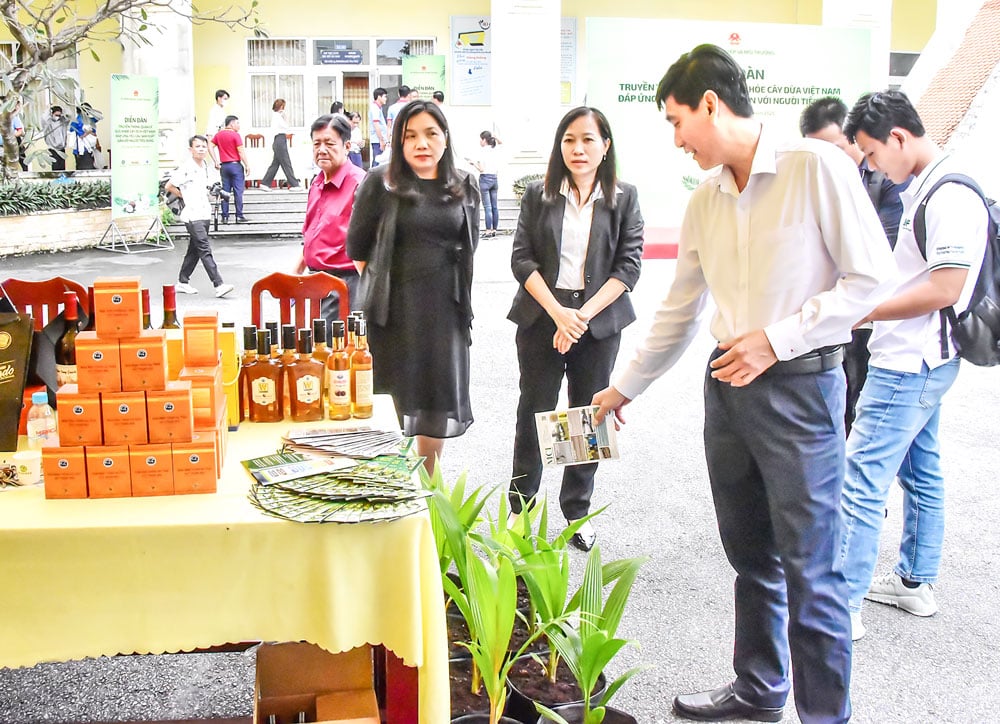 |
| Delegates visited the embryo-cultured coconut products of Tra Vinh University. |
Solutions for coconut industry development
Building an adaptive coconut industry development strategy in the new period is an urgent requirement not only to help protect coconut trees from climate change and emerging pests, but also to achieve the goal of "Green - safe - sustainable Vietnamese coconut", creating an international competitive position and improving farmers' lives.
According to Ms. Nguyen Thi Kim Thanh - President of the Vietnam Coconut Association: Sustainable development of the coconut industry needs to be based on three pillars: economic efficiency, ecological safety and consumer trust. Safe solutions include selecting healthy, pest-resistant varieties, applying integrated pest management (IPM), using biological products, and digital transformation in traceability. At the same time, developing ecological intercropping models, saving water, and utilizing by-products to form a circular coconut economy.
The Mekong Delta is the region with the largest coconut growing area in the country, mainly concentrated in Vinh Long and Soc Trang . However, coconut production still faces many difficulties due to unsynchronized cultivation techniques, pests, climate change and saltwater intrusion... which greatly affect the productivity and quality of coconuts.
According to Ms. Huynh Thi Ngoc Diem - Deputy Director of the Southern Center for Cultivation and Plant Protection: To overcome this problem, the center proposes to increase investment in drip irrigation technology, humidity sensors, develop high-yield, salt-resistant coconut varieties, promote technical training for farmers and form cooperatives linked with processing enterprises. In addition, it is necessary to expand organic farming...
Vinh Long Coconut - green and sustainable
Currently, the province has nearly 120,000 hectares of coconut with more than 22 million trees, accounting for more than 50% of the country's coconut area, playing the role of the main crop of the locality. Coconut brings an average income of 100-150 million VND/ha/year, contributing to stabilizing the livelihoods of 270,000 households. By 2030, the province aims to expand the area to 132,000 hectares, aiming for sustainable development and climate adaptation.
The province currently has more than 30,000 hectares of organic coconuts that meet international standards and 156 growing area codes for export. The processing industry has developed with more than 180 enterprises, with an estimated export turnover of 500 million USD in 2025. However, the industry still faces challenges from saline intrusion, high tides, pests and fragmented production.
Mr. Van Huu Hue - Deputy Director of the Department of Agriculture and Environment said: The development strategy focuses on 3 pillars: building sustainable raw material areas to adapt to climate change, promoting deep processing, increasing added value and strengthening value chain linkages. The province will prioritize research on salt-tolerant varieties, applying water-saving irrigation, organic farming, developing eco-tourism associated with coconut products, and at the same time building the brand "Vinh Long Coconut - green and sustainable".
In the context of increasingly severe climate change, research and development of drought- and salt-tolerant coconut varieties is an inevitable direction.
Ms. Nguyen Phuong Thao - representative of the International University (Ho Chi Minh City National University) shared: People need to focus on improving farming techniques, especially irrigation systems, to ensure moisture for plants during the dry season. For many years, the Vietnamese coconut industry has not yet created new, superior varieties. Meanwhile, the demand for high-quality varieties for production and export is increasing. Therefore, the application of biotechnology, especially in breeding and selecting new varieties, is an urgent requirement.
Article and photos: MY NHAN
Source: https://baovinhlong.com.vn/kinh-te/nong-nghiep/202511/tap-trung-3-tru-cot-phat-trien-nganh-dua-26d07d9/


![[Photo] Highways passing through Dong Nai](https://vphoto.vietnam.vn/thumb/1200x675/vietnam/resource/IMAGE/2025/11/12/1762940149627_ndo_br_1-resize-5756-jpg.webp)










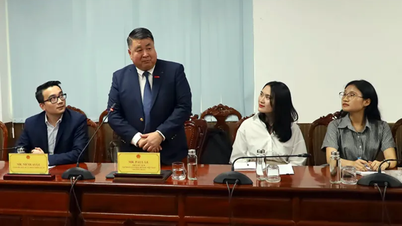























































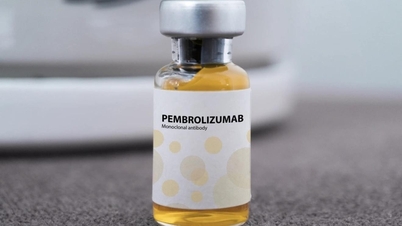



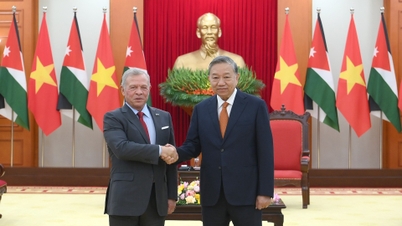


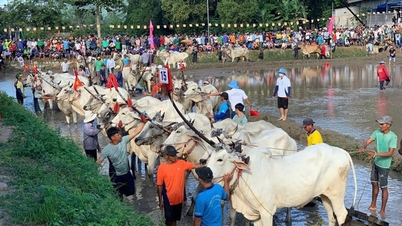
















![Dong Nai OCOP transition: [Article 3] Linking tourism with OCOP product consumption](https://vphoto.vietnam.vn/thumb/402x226/vietnam/resource/IMAGE/2025/11/10/1762739199309_1324-2740-7_n-162543_981.jpeg)








Comment (0)